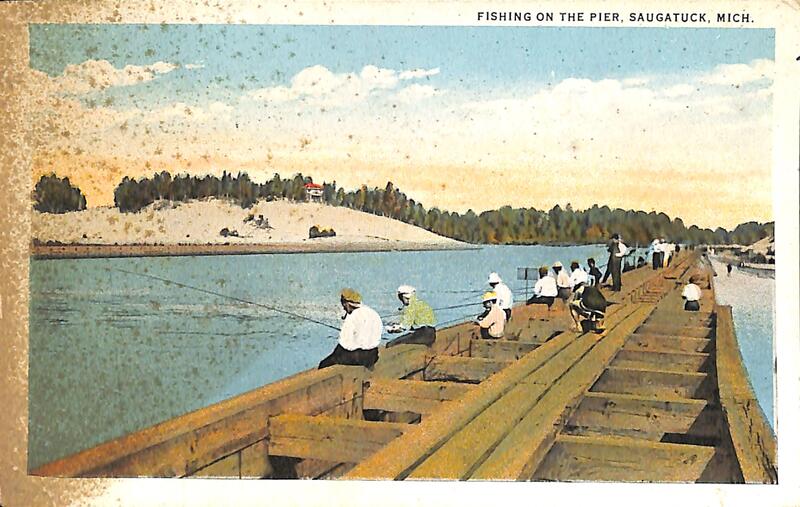Fishing
Fishing helps us collect food, discover more about marine life, and is an enjoyable pastime. The easy accessibility of bodies of water allowed early civilizations to be involved in fishing, though methods of doing so have evolved over time to become more efficient and quick.
However, the fishing industry pollutes the ocean by taking its natural resources. Even though people rely on the oceans to provide food for them. These methods of collecting are not the best for marine life. Nets that are made out of nylon do not decompose. They are left in the sea and then the marine animals get caught with them. Fishing lines are getting caught in coral. The materials used for fishing are not friendly to the sea creatures. Even though the oceans are important for human industry, it seems like we don’t take care of it the best. Mass production is the main goal and not so much how the marine animals are affected. If there is another way to still obtain a lot of food without harming them.
Fishing Devices
Netting is a convenient way to collect a lot of fish at once, so it has become very popular. There are many types of methods when using nets. With the efficiency of nets, 80% of fish are collected by them. They used to be made from natural materials like cotton and hemp. Now, nets are made out of polyester or nylon. Unfortunately, that allows them to stay in the ocean for a very long time because they are made out of plastic.
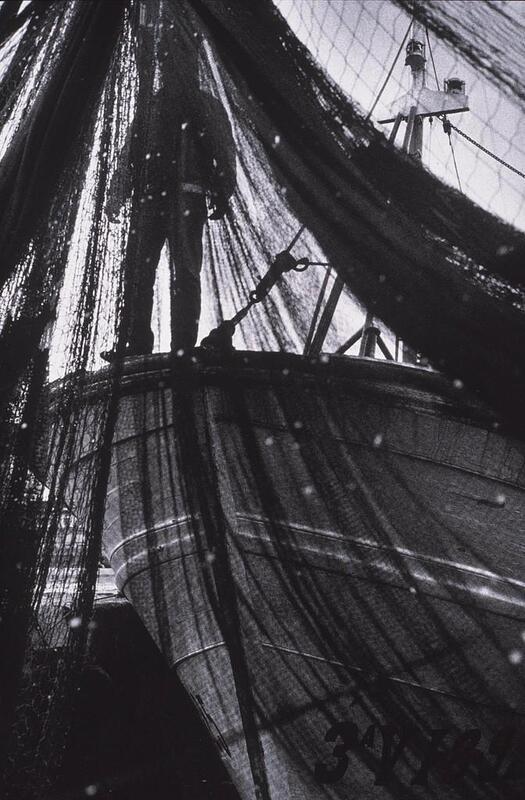
Fishin,Galicia, Spain
Large nets like these can be littered in the oceans and then endanger aquatic species. Since the purpose of nets is to catch somethinging, an animal has a high of getting caught by these.
Fish aggregating devices (FADs) are used to attract schools of fish. The devices are usually made out of floating wood-like buoys that take up large amounts of space. Due to their netting design, marine life, especially unwanted species that can be sold for profit, or bycatch, can be entangled in them. This can include animals such as whales, dolphins, and sea turtles, which are important to the balance of the ecosystem. If more are being caught, the ecosystem will suffer as these marine species help maintain the health of the ocean by controlling fish populations and providing oxygen.

A Fish Aggregating Devices (FAD)
FADs are usually made with non-biodegradable material so they are just huge pieces of litter. They also damage habitats by catching on to coral or not targeted species.
Animals That are Affected
Ocean Conservation Namibia members are freeing a baby seal from a fishing line that got caught around its neck and in its mouth. A lot of sea life is faced with this issue and continues to live with this new inconvenience. In the video, the seal is fighting against the helper who is trying to free it. They just accept that the fishing line is cut into its mouth. Since these creatures are helpless, they die from it.
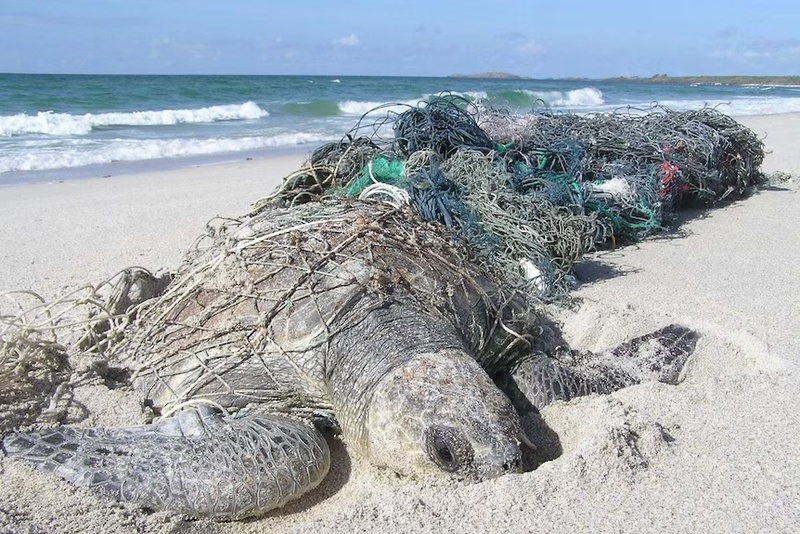
Turtle Stuck in Net
Not only are animals in the sea affected by fishing devices. They get washed up to shore to disrupt the habitats on the shore.
Solutions
One solution for decreasing the amount of waste that is produced in the oceans is using different materials for their fishing devices. Another solution is reusing some of the devices like fishing lines or FADs. If that is actually using the same device or the material from it.

Carrying Net of Twine made of Vegetable Material
Twine is a biodegradable material that can be replaced with the nylon material. It is just as effective as being very durable. Twine is made out of sisal or jute, which are natural materials that do not hurt the environment.
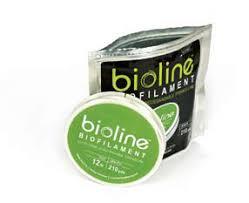
Bioline Biofilament
For Fishing lines there is an alternative brand called TUF Line. They make their own lines with polymers that are biodegradable. They are also very effective as nylon or plastic lines.
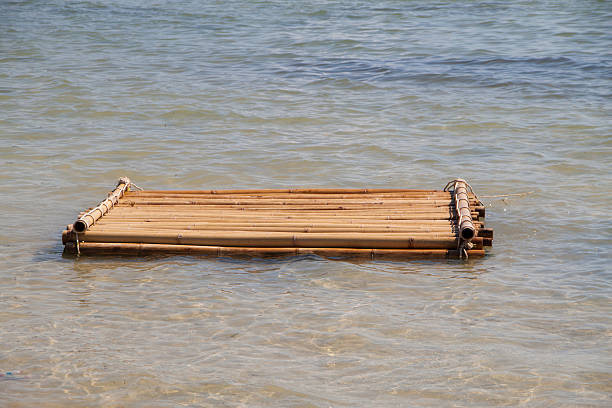
Bamboo Raft
Fishing industries are trying to redesign FADs to prevent trapping unwanted targets. They propose getting rid of all netting and meshing. They call them non-entangling and biodegradable FADs. They are also going to start tracking them and check on them to see if there are any issues. This would prevent too many of these being placed in the ocean.
